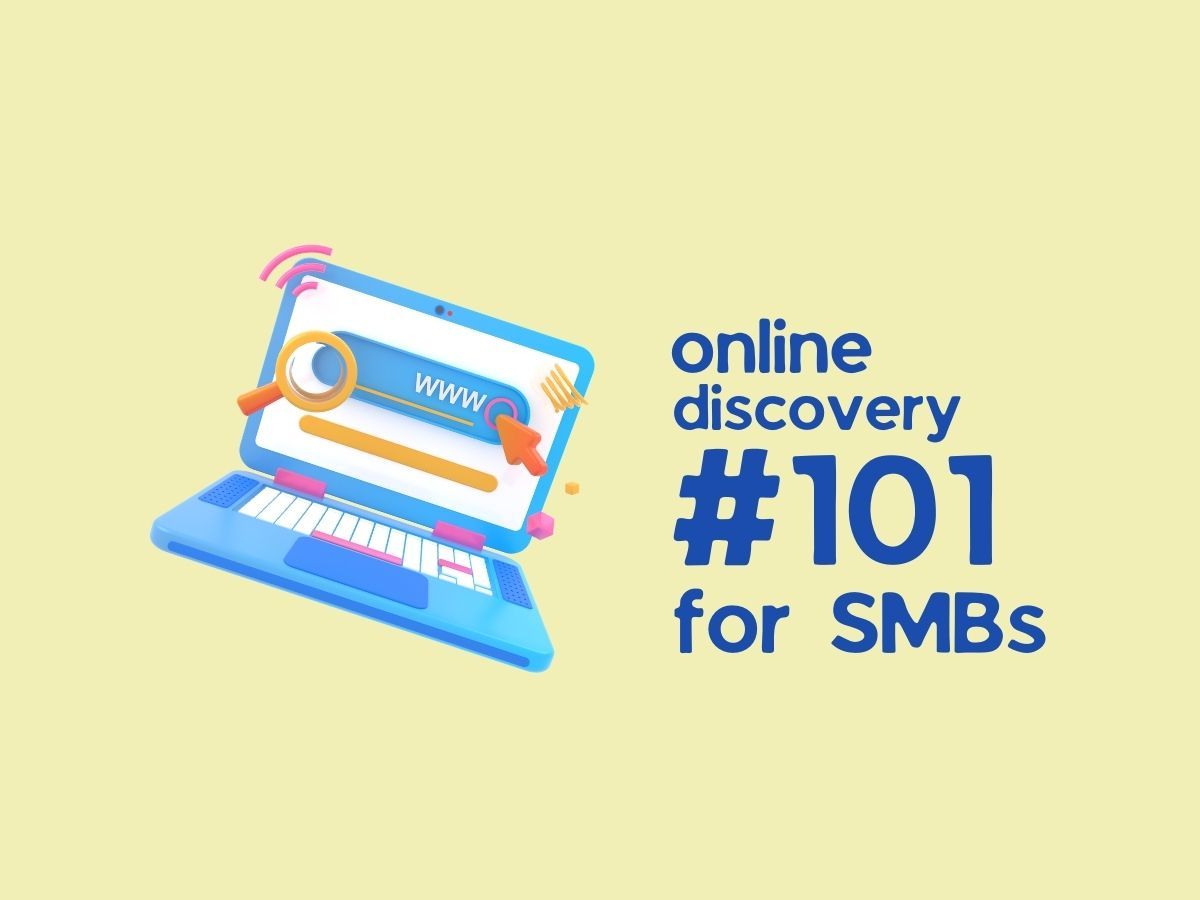With the discontinuation of ETAs or expanded text ads on 30th June 2022, RSAs or responsive search ads are the only present option. This being just the starter, there is a series of small changes brought about in the whole Google ads ecosystem. Here’s how you can tackle the situation for the best outcomes.
First, let’s understand how RSAs work and what is the basic infrastructure of the ad. Responsive search ads were introduced in the market back in 2018 and were selected as the default format in early 2021. Ever since then, responsive ads have been the way to go for all the digital marketers out there.
RSA’s work highly relies on machine learning and Artificial intelligence to process huge amounts of data and sieve out the most relevant results to serve the user. This enables advertisers to access a huge amount of user data processing with a tap and lets you create multiple variations or versions of the same content.
Highlights
RSAs optimize your provided keywords and assemble them in an order that is predicted to give the best results, fulfilling the user intent. You can input up to 15 unique headlines and 4 lines of description. Now the AI will analyze all different headlines and break them to create thousands of potential headlines or combinations of headlines or search results.
The advertiser can also opt for NOT jumbling or optimizing their headlines to meet specific user intent or to ensure the specific call-to-action commands. This can also be used if the advertiser is trying to make a specific part of their content visible. This flexibility between the old and new ways makes the transition from ETA to RSA easier and gives the advertiser yet another reason to shift to the new ecosystem for the better. Either way, they ain’t got a choice.
Another huge benefit of RSA is Google’s elite algorithm that can do all the testing for the most effective ad format instantly without the need to post multiple ads and run them in the testing phase to determine the best version of their ad post.
Drawbacks
This, however, does have a few drawbacks too. Recently, advertisers have been reporting the lack of reporting and insights that Google provides about what’s working. Collectively, Google does show which group of ads is performing and what kind of conversions it’s bringing in, what it doesn’t tell is the set of keywords and combinations are the real deal sealers. Although studies have shown that RSAs have increased the conversation rates by even 200% more than their ETA counterpart.
If the insight problem is solved soon and if the advertisers start getting a more distinct picture of what’s working and what’s not, then the user base for RSAs will feel much more appreciated and will aid the understanding of the advertiser over their ad campaign.
RSAs are just making things easier for advertisers as each RSA can generate thousands of different combinations of possible outcomes eradicating the need to create multiple ads within the same ad group. The new interface asks you for distinct assets with straightforward keywords integrated into them and all of this can later be evaluated through something called the strength report.
Range of manual control
Pinning certain assets reduces the number of combinations Google can formulate. Though this gives more manual control over the ad performance, advertisers can try eradicating the same pins in a similar post to see if the automation provides any inflated benefits. Results show highly increased conversions and the conversations with RSAs cost roughly half as many ETAs in many cases.
The only requirement for RSAs to work efficiently is high amounts of data, Google itself recommends the use of broad match keywords. The more data provided to the machine, the better the AI works at processing it and understanding the pattern the data conveys.
Conclusion
Advertisers really do not need more manual control if the AI is ready to do the same work much faster and without the additional hard work. What we need to do is to embrace the new era of AI-integrated search advertising. Machine learning-powered optimizations are the new future of all of the digital marketing, and you start integrating it with your daily work ethic for a seamless transition.
If you have any questions, make sure to drop them down in the comments and subscribe to our newsletter to never miss similar valuable content coming your way!






